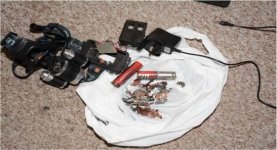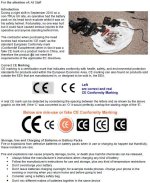royfellows
Well-known member
I have just had a lamp returned due to complete failure, I am not proud of this but there is an interesting lesson here.
What had happened was that some insulation had moved upon assembly and further movement had caused the power input cable high side to short on the copper LED module.
A short circuit will cause the power bank management electronics to disconnect the power from the battery cells.
This if anything, clearly demonstrates the reliability of the Lithium Ion management safety.
What is interesting and worth noting is that only Li Ion has these sophisticated management electronics and that any battery type is a means of storing an electrical charge and if short circuited can cause fire and injury.
Almost all purpose built underground caplamps nowadays use Li Ion cells and can (hopefully!) be considered safe in this way, although I cannot in truth speak for other manufacturers.
Oldham lead acid batteries had a safety fuse but are now obsolete.
Bottom line - Li Ion by virtue of its sophisticated management electronics is inherently safer than other battery types.
What had happened was that some insulation had moved upon assembly and further movement had caused the power input cable high side to short on the copper LED module.
A short circuit will cause the power bank management electronics to disconnect the power from the battery cells.
This if anything, clearly demonstrates the reliability of the Lithium Ion management safety.
What is interesting and worth noting is that only Li Ion has these sophisticated management electronics and that any battery type is a means of storing an electrical charge and if short circuited can cause fire and injury.
Almost all purpose built underground caplamps nowadays use Li Ion cells and can (hopefully!) be considered safe in this way, although I cannot in truth speak for other manufacturers.
Oldham lead acid batteries had a safety fuse but are now obsolete.
Bottom line - Li Ion by virtue of its sophisticated management electronics is inherently safer than other battery types.




